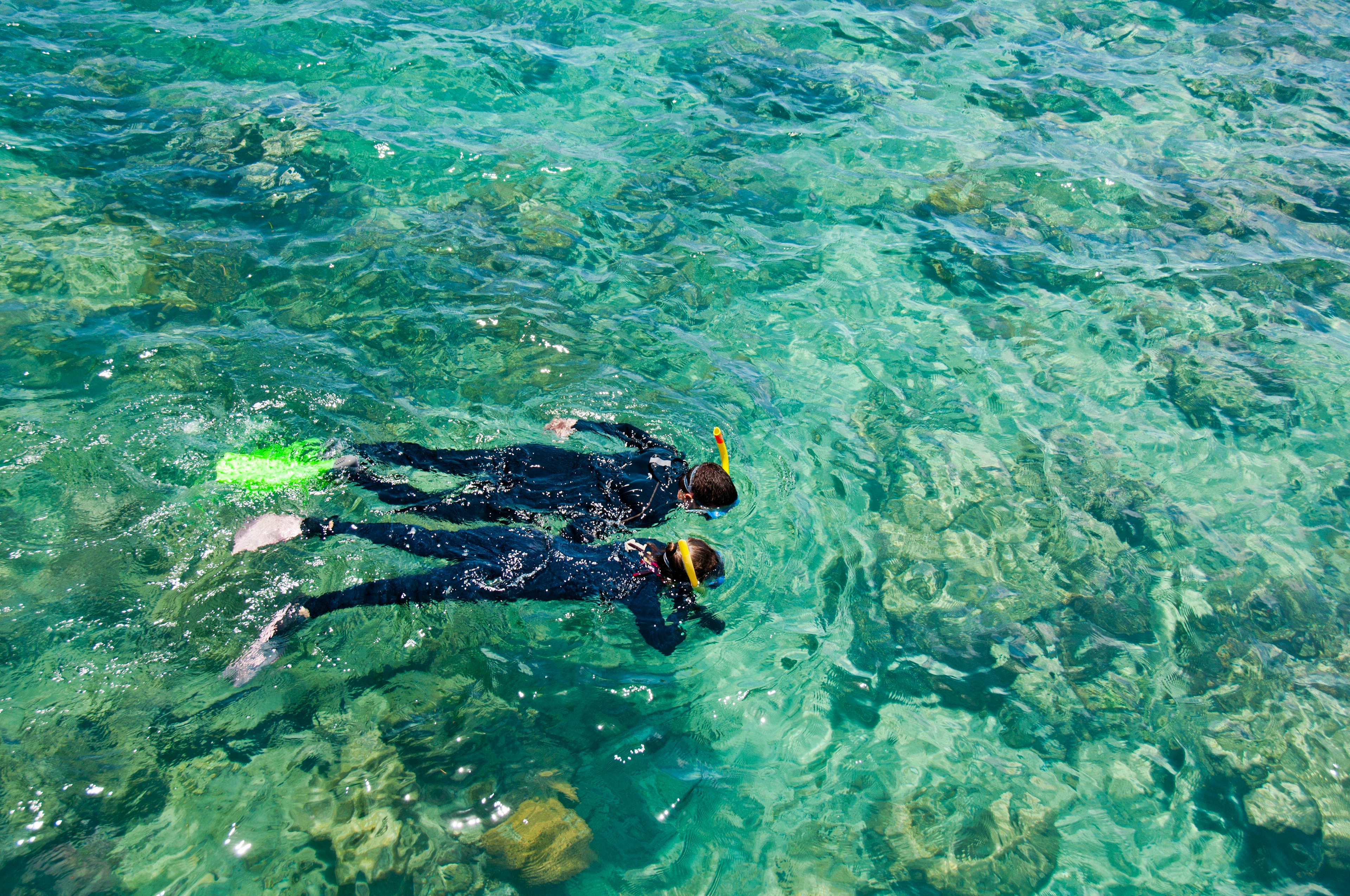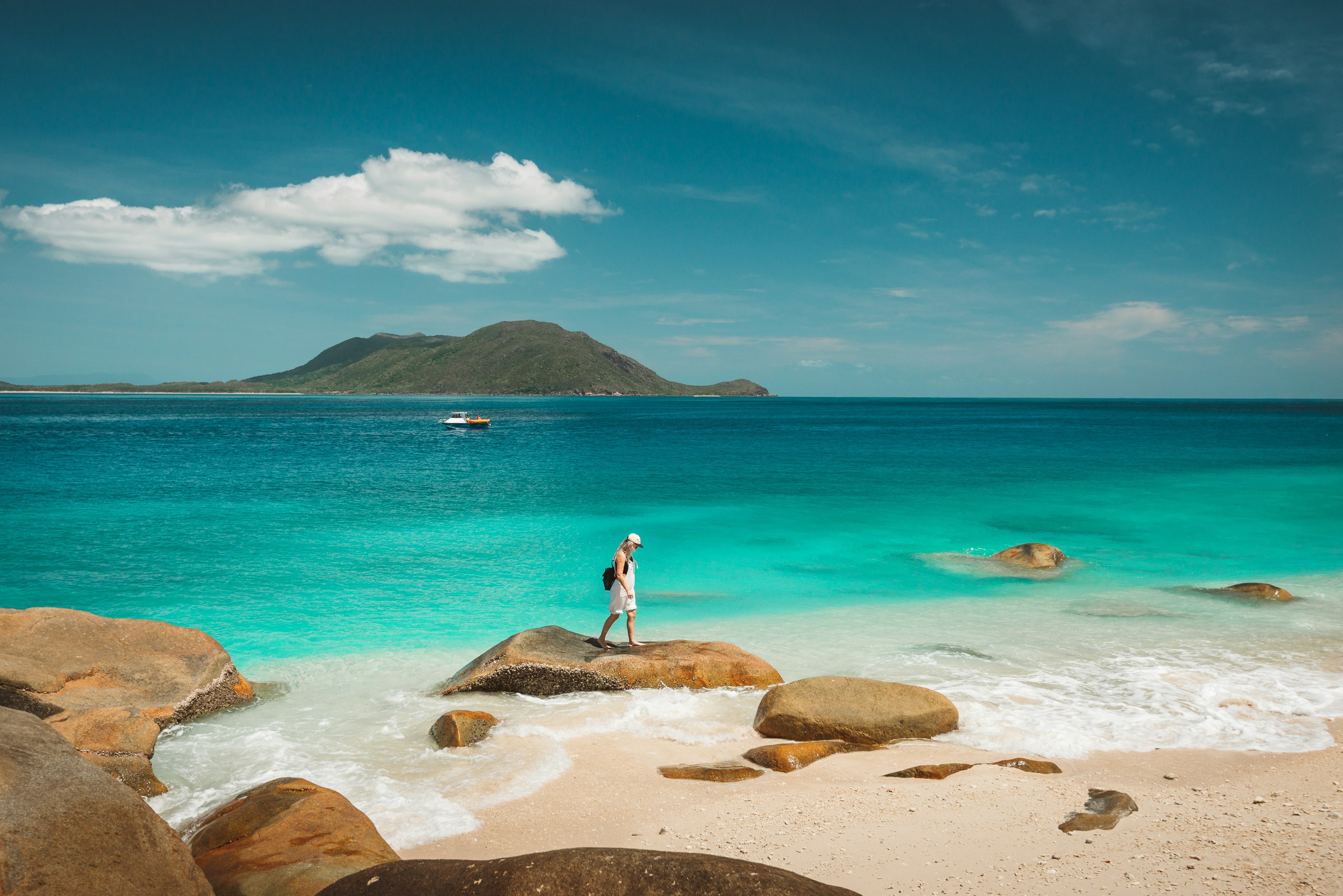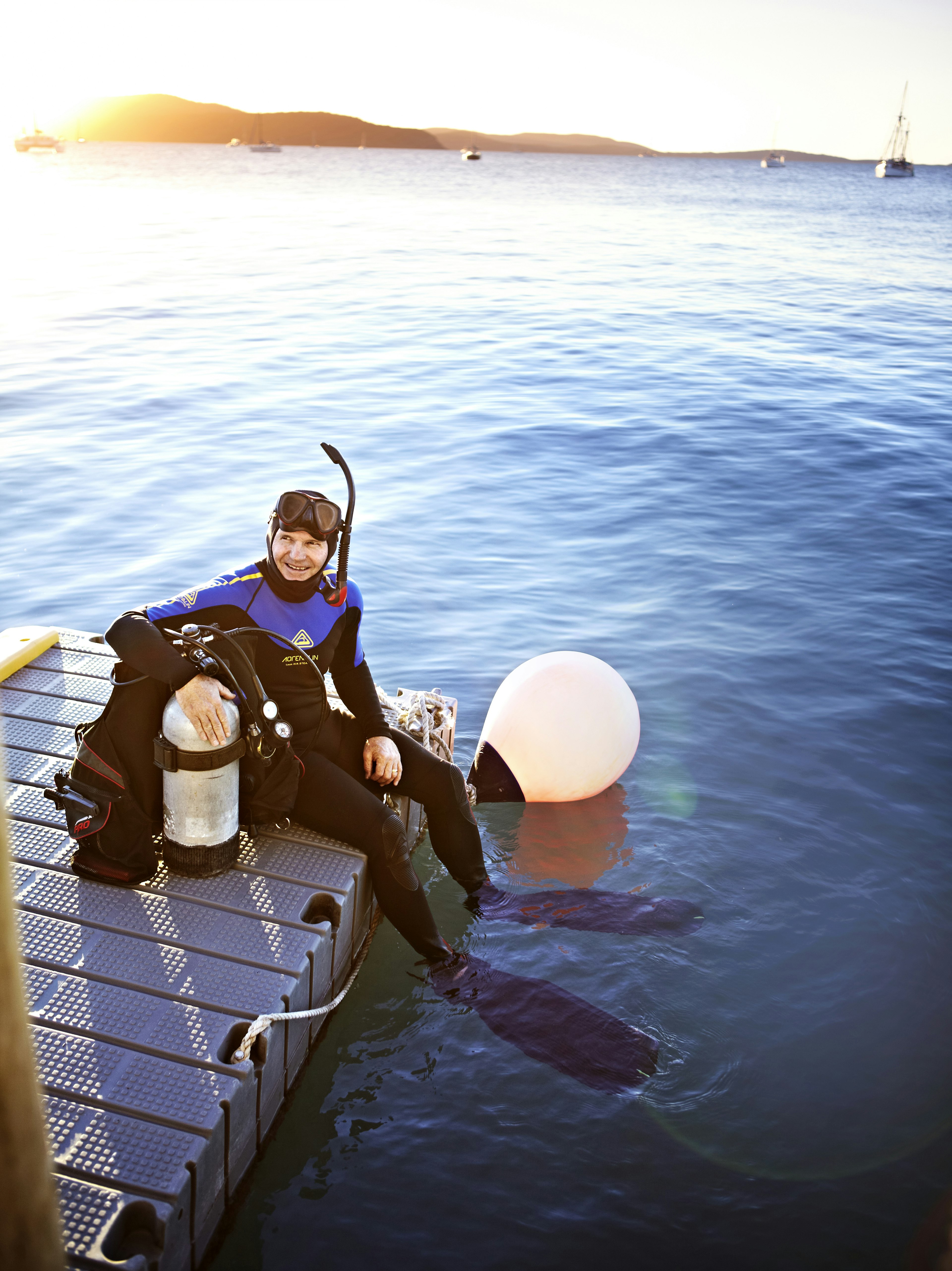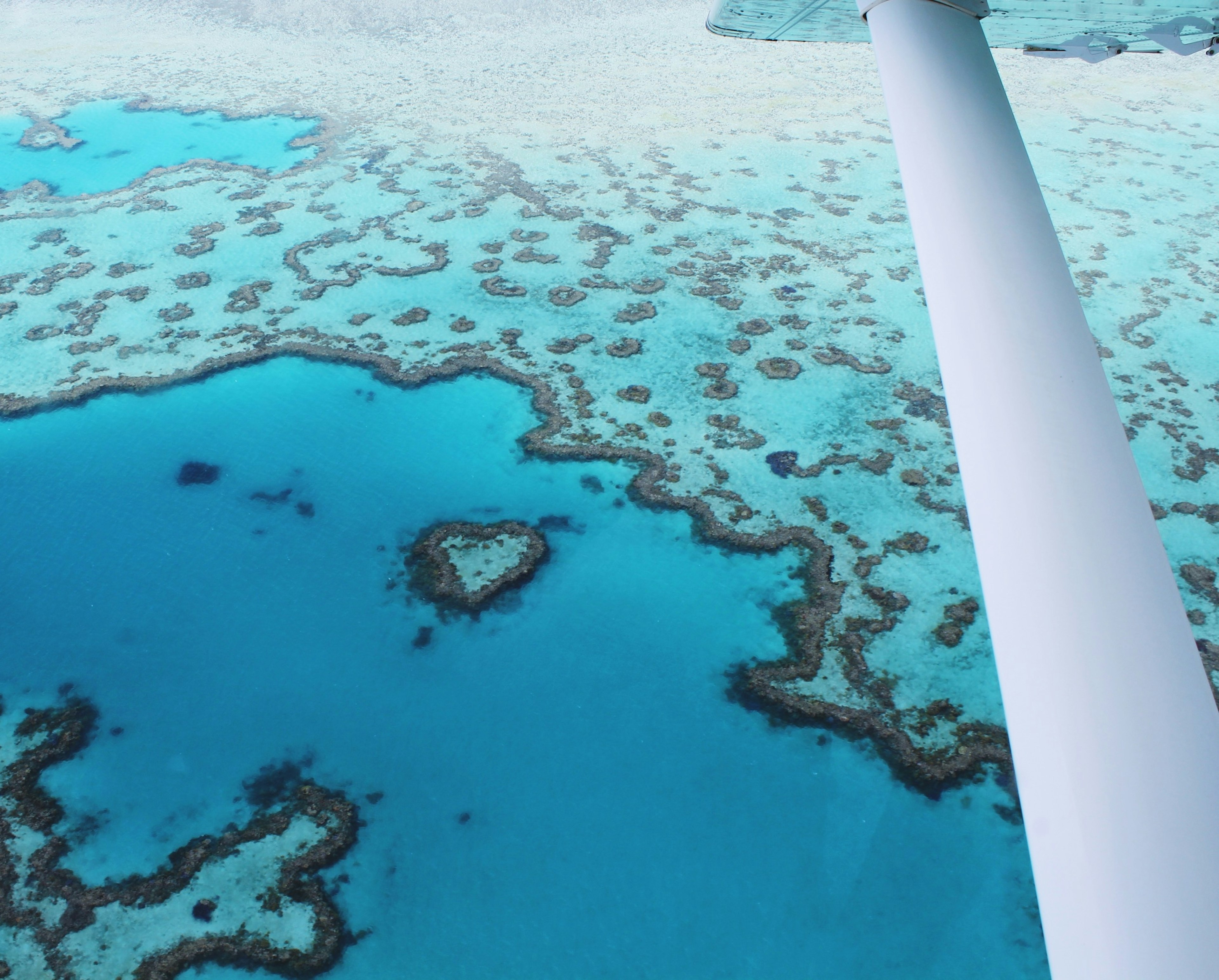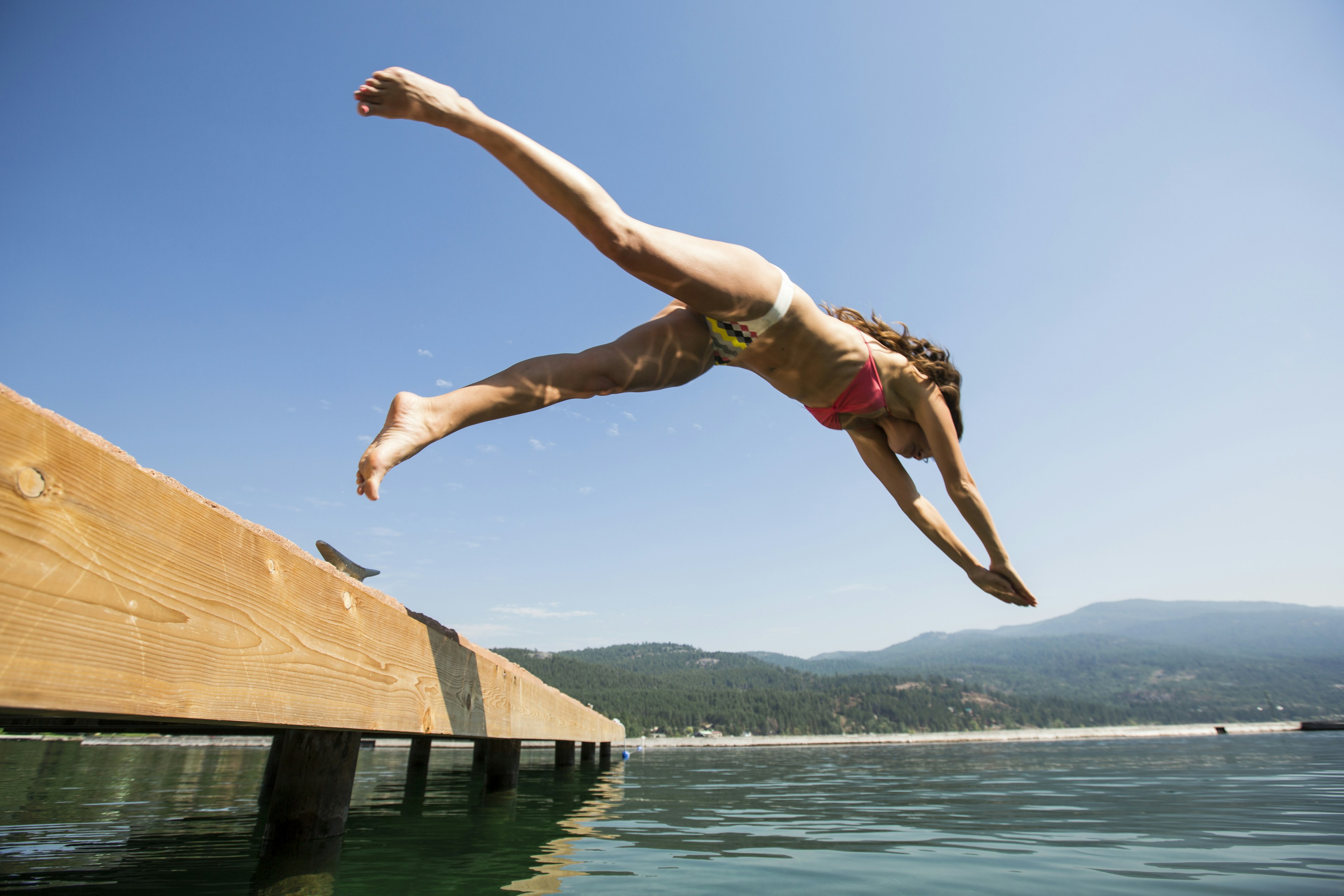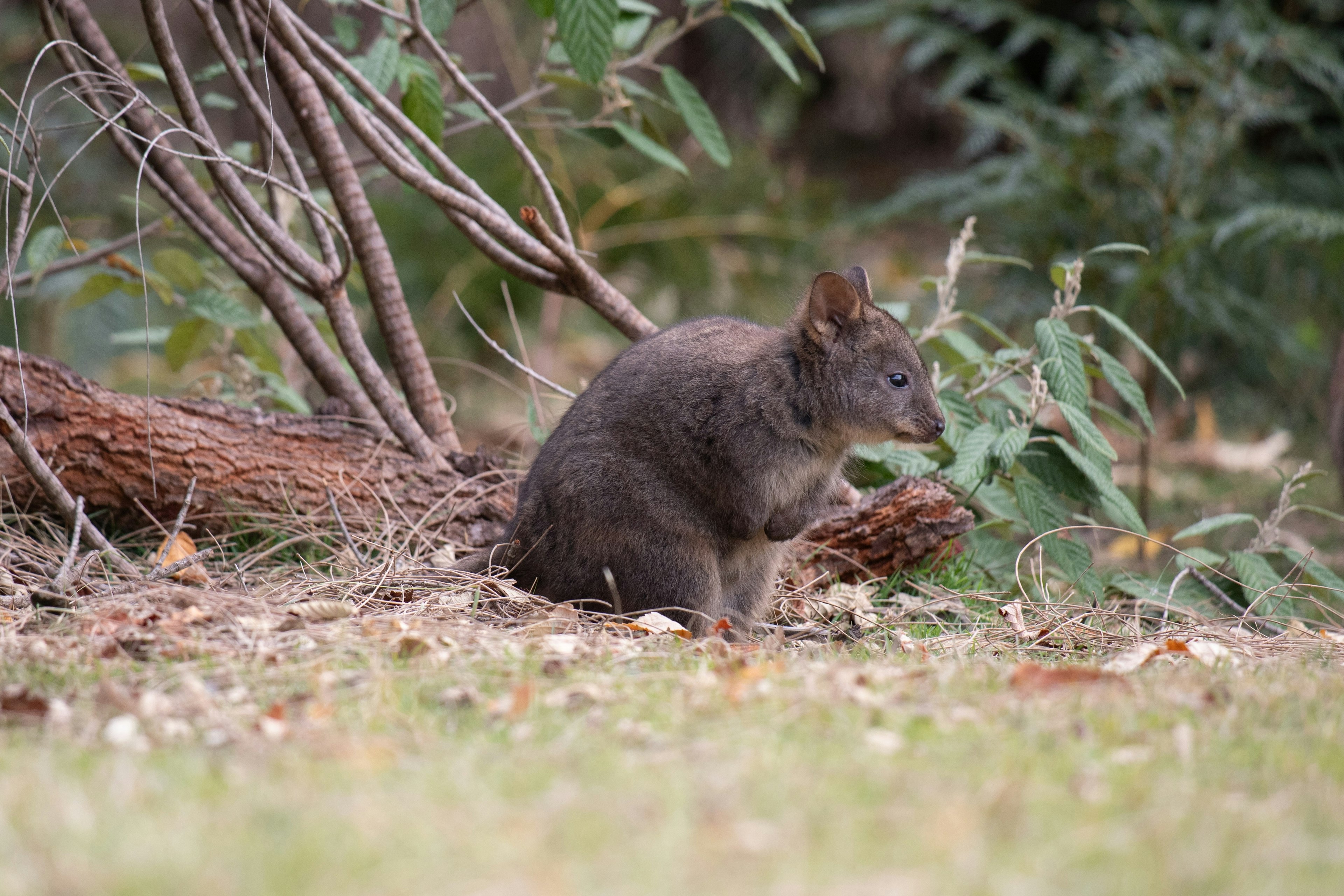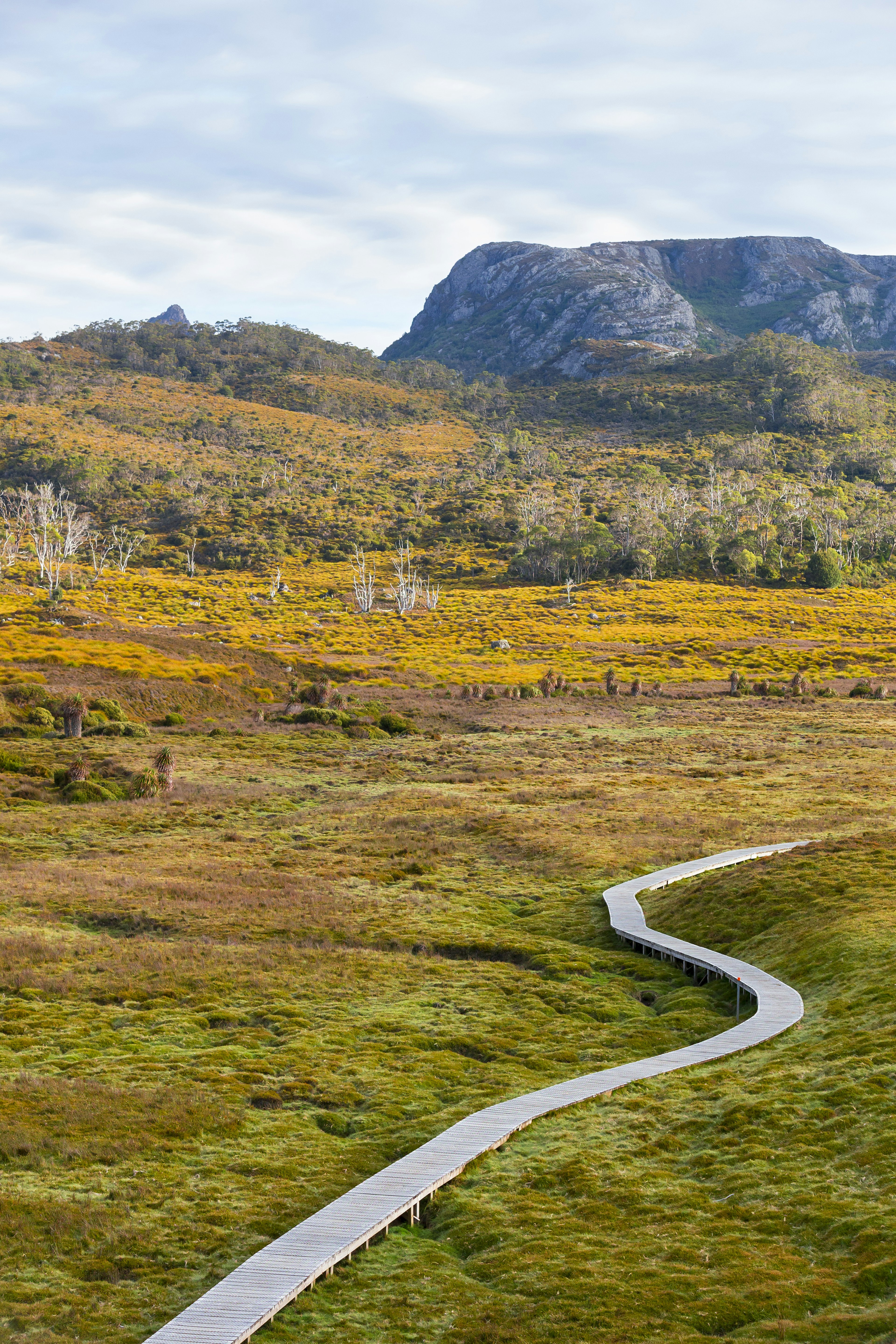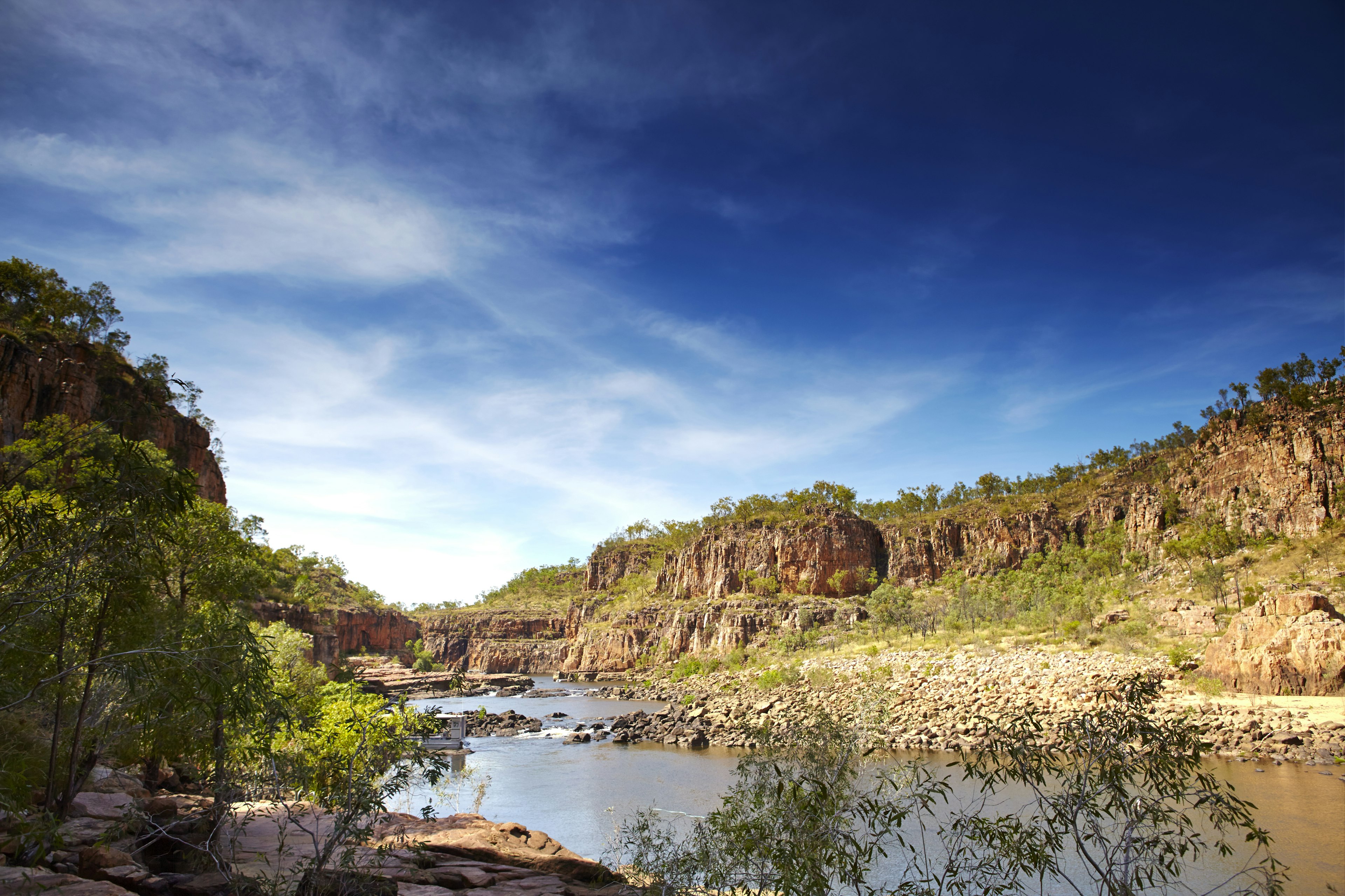Oman’s vibrant cultural heritage is deeply intertwined with the gifts of its terrain, and it permeates every travel experience here.
The country’s stories are found everywhere you go, from the atmospheric lanes of Mutrah Souq in Muscat, where ornate khanjars (traditional daggers) and patterned kumma (headpiece worn by Omani men) showcase excellent craftsmanship and pride, to the cliffside villages of Jebel Akhdar where old men in sandals expertly navigate narrow farm trails and distill rose water in silver bowls. Every encounter in Oman evokes a strong sense of the land.
Few visitors realize that the history of the Sultanate of Oman dates back 10,000 years. Archeological finds and relics from the Neolithic period point to the presence of ancient settlements involved in the frankincense trade.
In the 17th century, Omani control of maritime routes and ports extended from the coasts of Persia (present-day Iran) to East Africa. Today, the country is known for its reverence for its natural landscapes and its perfect balance of tradition and modernity.
Here are the best places to visit in Oman.

1. Muscat
Marvel at the effortlessly charming capital
In Muscat, stone forts with watchtowers and mansions with latticed balconies stand alongside low-rise buildings and contemporary architectural masterpieces, and it all fits together effortlessly. The capital of Oman has much to see, including charming museums in restored old houses, courtyard restaurants and swanky shopping malls. The Sultan Qaboos Grand Mosque, with its arched walkways, colorful mosaic tiles, ornate dome and Swarovski-crystal-studded chandelier, is an impressive example of modern Islamic architecture.
At the Royal Opera House, take a guided tour to learn about the contemporary architecture inspired by historical fortresses. Check the schedule for showtimes: the venue hosts renowned productions from around the world. The Royal Opera House’s dress code requires suits or dinner jackets for men, dresses below the knee for women and no jeans, T-shirts or tennis shoes.
Admire whitewashed houses and blue-domed mosques along the 3km (1.9-mile) seafront promenade at Mutrah Corniche. Stroll toward Mutrah Fish Market for a closer look at the calligraphy-inspired slatted canopy roof and step inside to see the catch of the day. At Mutrah Souq, one of the oldest markets in the Arab world, you’ll find shops selling frankincense, lamps, local attire, pashminas, oud (perfume made from agarwood) and handmade sandals.
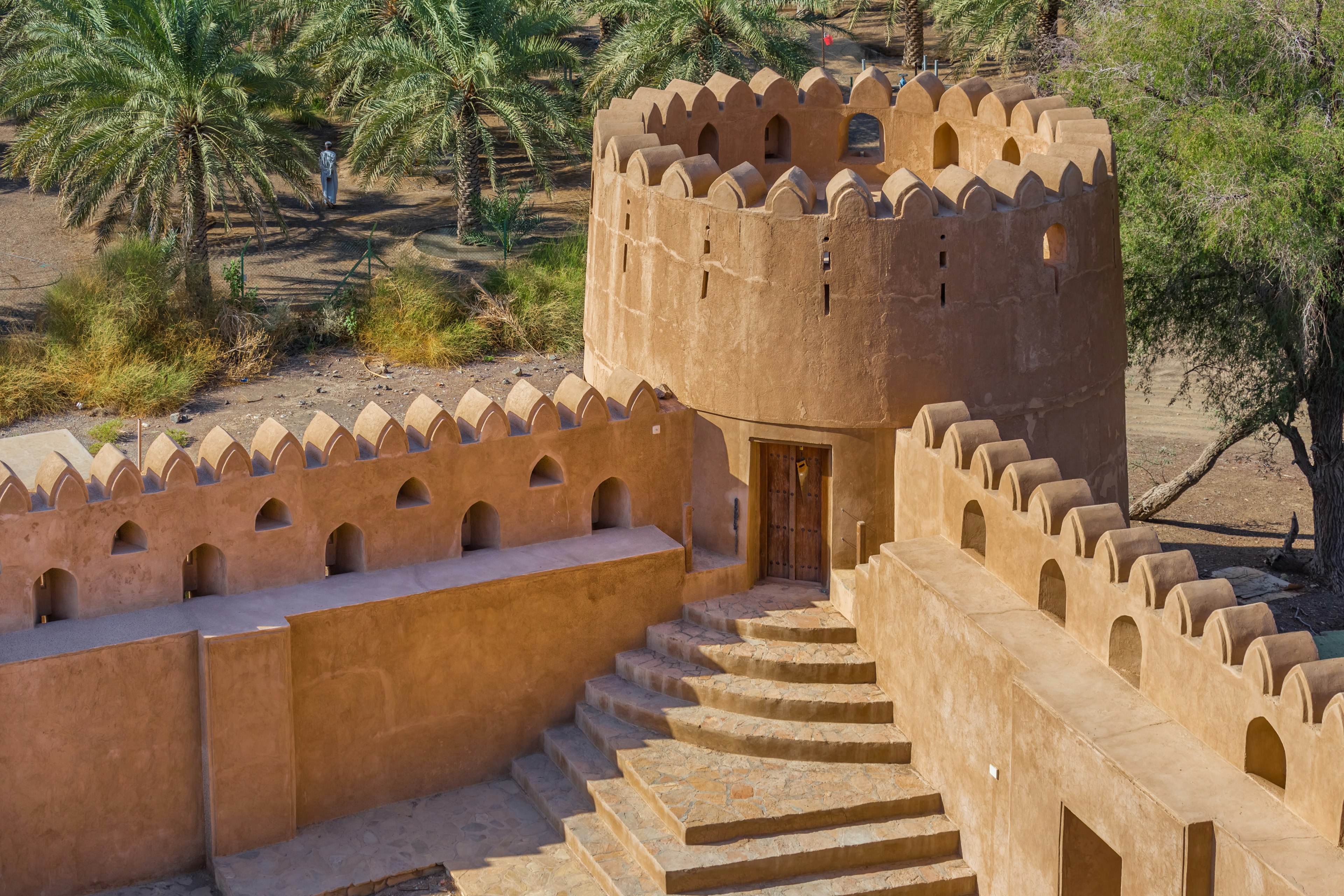
2. Bahla
Home to the legendary fort and pottery
The fortified oasis town of Bahla, where local legends and myths abound, is a must-visit for Bahla Fort, a UNESCO World Heritage Site. Within the labyrinthine fort complex, built between the 12th and 15th centuries by the Banu Nebhan tribe and then expanded by subsequent ruling dynasties, you’ll find wind towers, mosques, houses and wells. Legend has it the tribe asked jinn (genie; powerful spirits in pre-Islamic Arabian mythology) to build the fort in a single night when the tribe was under threat of attack. The fort has fantastic views over old mud houses and ruins in the village, surrounded by date plantations.
Bahla is also famous for pottery crafted using mud kilns, and local potters are believed to be blessed with particularly skilled hands. You can browse pottery, jewelry, handicrafts, rugs and other wares at the Bahla Old Souq, and you might also be able to see potters in action at a workshop nearby.
Don’t miss the 17th-century Jabreen Castle a short drive away, worth visiting for its many rooms and reception areas, intricately latticed windows, painted ceilings and a date storeroom.
3. Nizwa
A city with a strong religious and cultural heritage
Visit the town of Nizwa, the capital of Oman in the 6th and 7th centuries, where the domes and minarets of mosques rise over sand-colored buildings surrounded by the Hajar Mountains. Owing to its inland location (versus that of Muscat on the coast) that limited outside influences, Nizwa has always had a strong connection to its religious and cultural heritage.
The 17th-century Nizwa Fort, with its round watchtower and high walls, protected the town from invaders over the Sultanate’s history and is a major tourist sight. At the nearby Nizwa Souq, shop for silver jewelry, delal (traditional coffee pots), saffron, dates and spices.
A 10-minute drive away, Falaj Daris Park, a UNESCO World Heritage Site, is a great spot to see a falaj channel, an ancient but highly efficient irrigation method. This one, among nearly a hundred others, waters Nizwa’s 8km (5-mile-long) palm oasis and surrounding agricultural farms.

4. Musandam Peninsula
Where mountain peaks rise from the sea
The draw of the Musandam Peninsula is the sublime landscape of jagged peaks of the Hajar Mountains rising from the turquoise sea, leaving narrow inlets of water in between, a sight that has been compared to the fjords of Norway.
A boat trip on a traditional dhow (wooden boat) is the best way to experience the Musandam Peninsula, visiting islands and spotting a dolphin or whale in these waters. The town of Khasab is a good base from which to arrange a boat tour or snorkeling trip, or a mountain safari by 4WD to Jebel Harim. If you’ve got more time, other villages, wadis and fjord-like inlets such as Khor Najd are ready to be explored.
5. Jebel Akhdar
Cooler temperatures and roses at Green Mountain
At 2980m (9777ft) up in the Hajar Mountains, Jebel Akhdar – whose name translates to Green Mountain – is one of the most beautiful places in Oman. It’s also one of the coolest, with the temperature being about 15°C (59°F) cooler than Muscat throughout the year. The mountain even sees some snowfall in winter.
Around Jebel Akhdar, you’ll find quiet Omani villages (some abandoned), slopes covered with terraced farms watered by falaj channels and orchards of pomegranates, peaches, apples, apricots and walnuts. In the spring, Jebel Akhdar is covered by pink Damask roses. The distilled rose water is used in cooking and as a fragrance.
Walkers will find a few marked trails of varying difficulty, and some involve descending steep steps. Guided hikes are also available. From the Saiq Plateau, enjoy breathtaking views of the villages, and terraced farms. You can also traverse the mountain face using a via ferrata (mountain route) during a guided hike with Alila Jabal Akhdar.
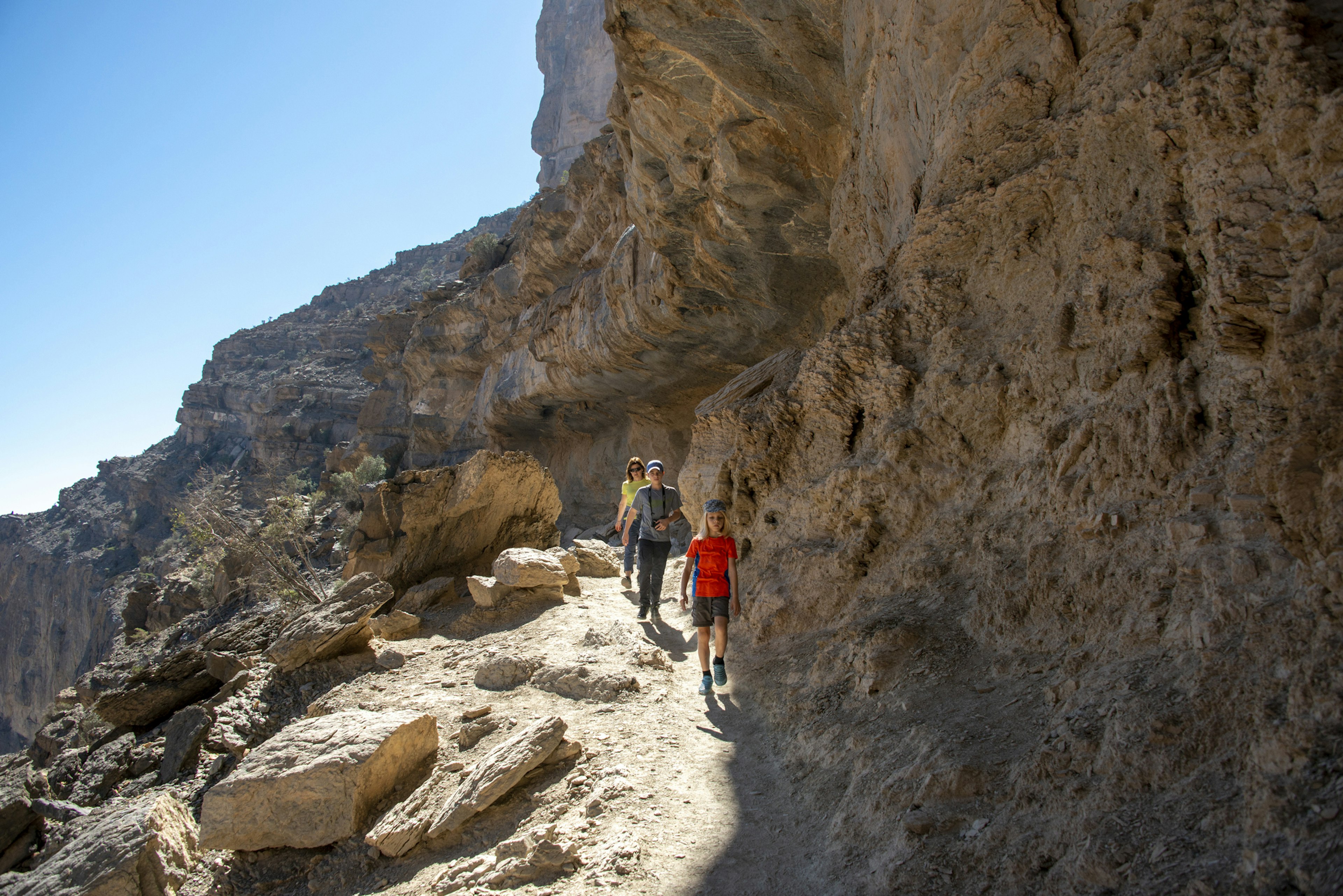
6. Jebel Shams
Enjoy remarkable views in the Hajar Mountains
Go to Jebel Shams, the country’s highest peak at 3009m (9872ft) in the Hajar Mountains, for a picnic on the plateau with dramatic canyon views. Hikers can head out on an adventure through the canyons of Wadi Ghul and Wadi Nakhr, surrounded by rugged limestone walls. The Balcony Walk is a five-hour hike on an old donkey trail, now marked, with remarkable views along the rim, that ends in the abandoned village of As Sab. Other trails bring you to villages, farms, date plantations and natural pools hidden among the rocky landscape. Local operators, such as Husaak Adventures, offer one- or two-day guided hikes to summit Jebel Shams.
7. Dhofar
Explore a region rich in frankincense
From late June to early September, the khareef, the monsoon from the Indian Ocean brings a certain romance to the lush landscapes of Salalah. The pleasant weather makes it one of the best places to visit in Oman in summer, when temperatures elsewhere in the country can reach above 40°C (104°F) on the hottest days. This coastal city is an excellent base from which to explore the wider Dhofar region.
Salalah has plenty of sights to visit. The Sultan Qaboos Mosque, the largest mosque in Dhofar with its two domes and twin minarets, is a great example of Islamic architecture, and it’s open to non-Muslims from 8am to 11am Saturday to Thursday. Make the obligatory photo stop outside Al Hosn Palace, the Sultan’s palace complex, before wandering into Al Hosn Souq to follow the aromas of spices and frankincense.
Join local families picnicking on the white-sand Al Mughsail Beach, and watch geysers of seawater erupt from the ground at the Mughsail Blowholes. The surrounding region is home to natural springs and wadis (valleys). At Wadi Darbat, a walk past monsoon-fed waterfalls and grazing cattle or a boat ride on Darbat Lake is a great way to see the rain-drenched valley.
Woven into the story of Dhofar is its rich heritage of frankincense, an aromatic resin harvested from the Boswellia sacra tree, which has been used to make perfume and medicine, and in religious rituals, for thousands of years. Dhofar was at the center of frankincense production, and its rare and highly prized frankincense was coveted from China to the Mediterranean and North Africa.
To learn more, visit the Wadi Dawkah nature reserve where you’ll find hundreds of frankincense trees from which the resin is still harvested. At the archeological sites of Khor Rori, Al Baleed and Ubar, the ruins of fortified medieval towns tell of frankincense-trading caravans and settlements. Together, these sites, some dating to the 4th century BCE, constitute the Unesco World Heritage Site known as the Land of Frankincense.
The mountains of Jebel Samhan offer spectacular views and are home to a protected reserve with Arabian leopards, Arabian gazelles and other indigenous wildlife.

8. Sharqiya Sands
Visit the undulating dunes of the desert
No trip to Oman is complete without a visit to the desert. At Sharqiya Sands, also known locally as Wahiba Sands, you’re surrounded by undulating dunes and desert vegetation in a seemingly infinite landscape that feels like it was crafted out of gold when the sun is low in the sky. These wind-sculpted dunes, some as high as 100m (328ft), continue on into the famous Empty Quarter, one of the largest sand deserts in the world.
While Bedouin (known in Arabic as Bedu, meaning desert dweller) still live and work here (many as guides), the Wahiba Sands are also popular with local families and tourists. Visitors come for a day trip or an overnight stay in one of many camps offering varying levels of luxury and amenities such as Thousand Nights Camp and Magic Camps. Staying overnight gives you the chance to experience the quietness of the desert after the day-trippers have left, partake in Bedouin traditions around a bonfire, feast on traditional dishes and stargaze in one of the most pristine landscapes in the region.










